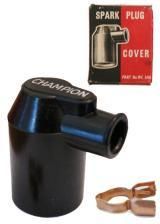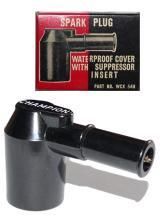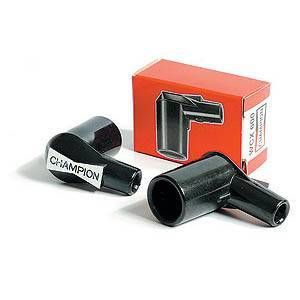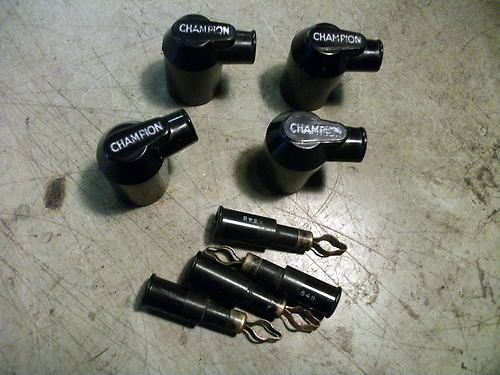Its a fairly important thing to appreciate that with originality research that the thing that matters, is the exact Chassis Numbers (CAR No.) as quoted by the available factory technical/engineering documentation, as this is what the manufacture of the cars is based on. The dates shown on Service Bulletins and Spare Parts Bulletins are merely the date that the Bulletin was issued/printed advising detail drawn from the engineering/production records, and can be weeks or months later than the actual change as detailed in the Bulletin. But there is other factory information that advises the actual build-date of each car by its individual Car No, as can be accessed individually with a Jaguar Heritage Trust Certificate.
As advised in my earlier post, if knowing accurate dates of production changes is of interest, or matters to you, then FACTORY-ORIGINAL JAGUAR E-TYPE, by Anders Clausager, the then Chief Archivist of the Jaguar Heritage Trust, had full access to all the factory build and manufacturing records, thus this book uniquely gives actual dates for every recorded E-type production change, and not the simple and readily accessed approximate Bulletin publication date.
Clausager quotes production-change dates to MONTHLY accuracy only, which is in reality is realistically more than accurate enough, albeit could have quoted dates to DAILY accuracy, but quoting months does give a bit of a buffer where a particular change did not take place for FHC/OTS/2+2/RHD/LHD all on the same day, indeed where the introduction date spans two or three months he simply quotes all CAR Nos (six - for the six models), to be dated say Aug-Oct 1967.
Other authors - without this unfettered access to the factory records - usually simply quote the approximate Bulletin publication dates, or if they try and improve upon that, usually offer vague comments such as “About March 1962” or “About May 1963” or indeed don’t even try to offer a date, albeit still happy to quote an exact CAR No (if known).
If not known by the author, you usually just get comments/ photos of certain observed differences, without any effort to identify any CAR No or Date demarcation - I think this is a major deficiency in any book purporting to be an Originality Guide, but agree it takes a lot of work/effort to provide this, especially if no access to factory internal records, if indeed they exist (still).
But as above - its the CAR No accuracy that really matters most.
Re the deletion of the glass Headlamp Covers (referred to by most by the introduction feature of the non-official term Series 1-1/2):- as noted, Bulletins P.198 and Q.143 are both dated January 1968 when issued/printed.
Clausager advises OTS USA 1E14532 / FHC USA 1E34113 / 2+2 USA 1E77010 to be from January 1967, and indeed a friend who owns ex-USA delivered 1E77010 has a Heritage Certificate advising 10th January 1967 (as was 1E34113, albeit I don’t know exact date for 1E14532) - see pic of 1E77010:-
However the first RHD and non-USA market LHD cars (with open-headlamps), Clausager advises OTS RHD 1E1864 / OTS LHD 1E15889 / FHC RHD 1E21584 / FHC LHD 1E34550 / 2+2 RHD 1E50975 / 2+2 LHD 1E77645 and to be over the June-July 1967 two-months, so a two month spread of actual introduction dates for all six model variants (I can improve a little re actual date for each of the six variants, but little point).
Its pretty hard to dispute these nine Car No. introduction points (RHD, LHD and USA specification-market LHD) given Clausager thoroughly and specifically searched available factory manufacturing/ production records, and thus also his monthly accuracy dates - so shows just how unreliable quoting Bulletin publication dates can be - January 1968 is not even close.





